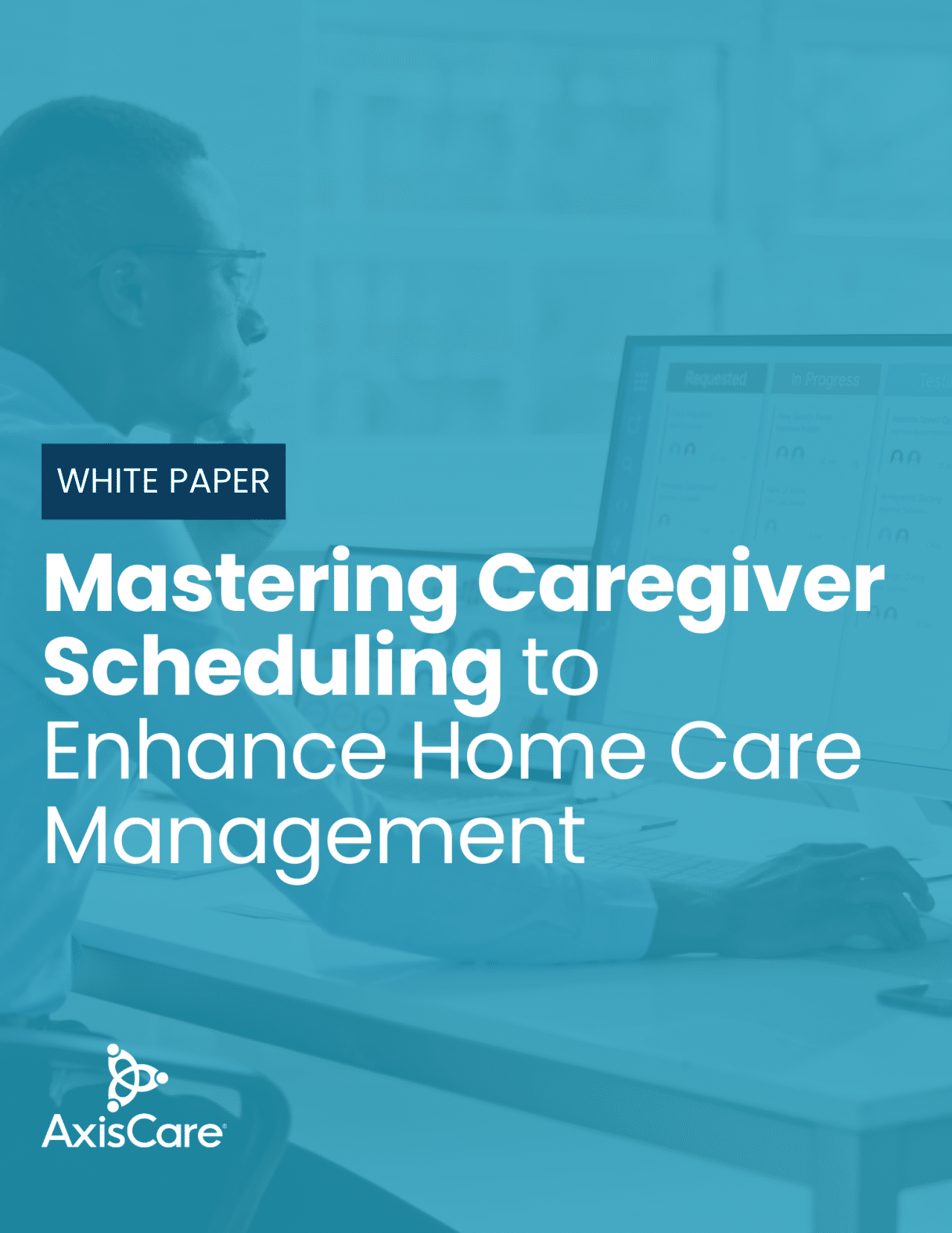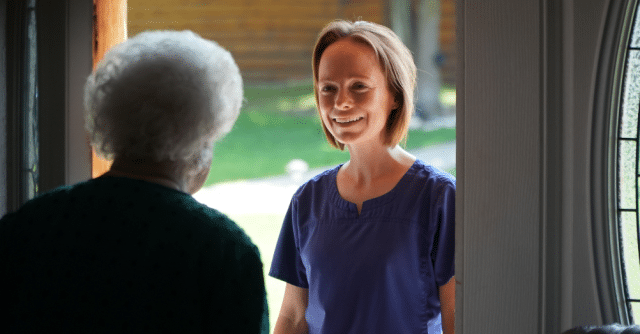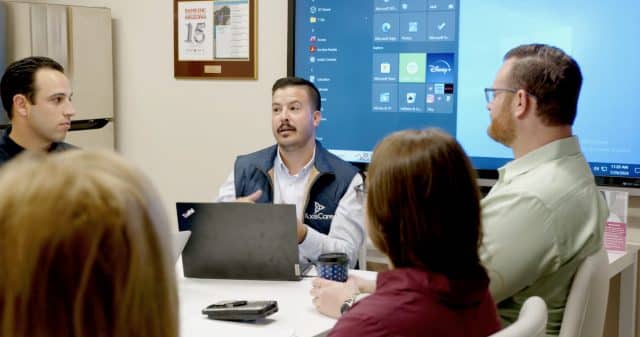Master Caregiver Scheduling to Enhance Your Home Care Management
White Paper
For decades, progress in the home health care space has been stunted by a lack of automation – especially when it comes to scheduling. Agencies are up against a mosaic of challenges when it comes to resource allocation: What is each caregiver’s area of expertise? Which services does each patient need? What if someone calls in sick or runs into an unexpected issue on the road? Most of the time, manual inputs are not fast or comprehensive enough to solve these issues on the fly. Home care software addresses these obstacles by centralizing scheduling information under a single digital roof, giving administrators the tools to easily manage, adjust, and optimize their timetables. In this paper, we will discuss why every home care agency should leverage home care software for scheduling and how it can improve both caregiver retention and patient outcomes.
Download to continue reading…








